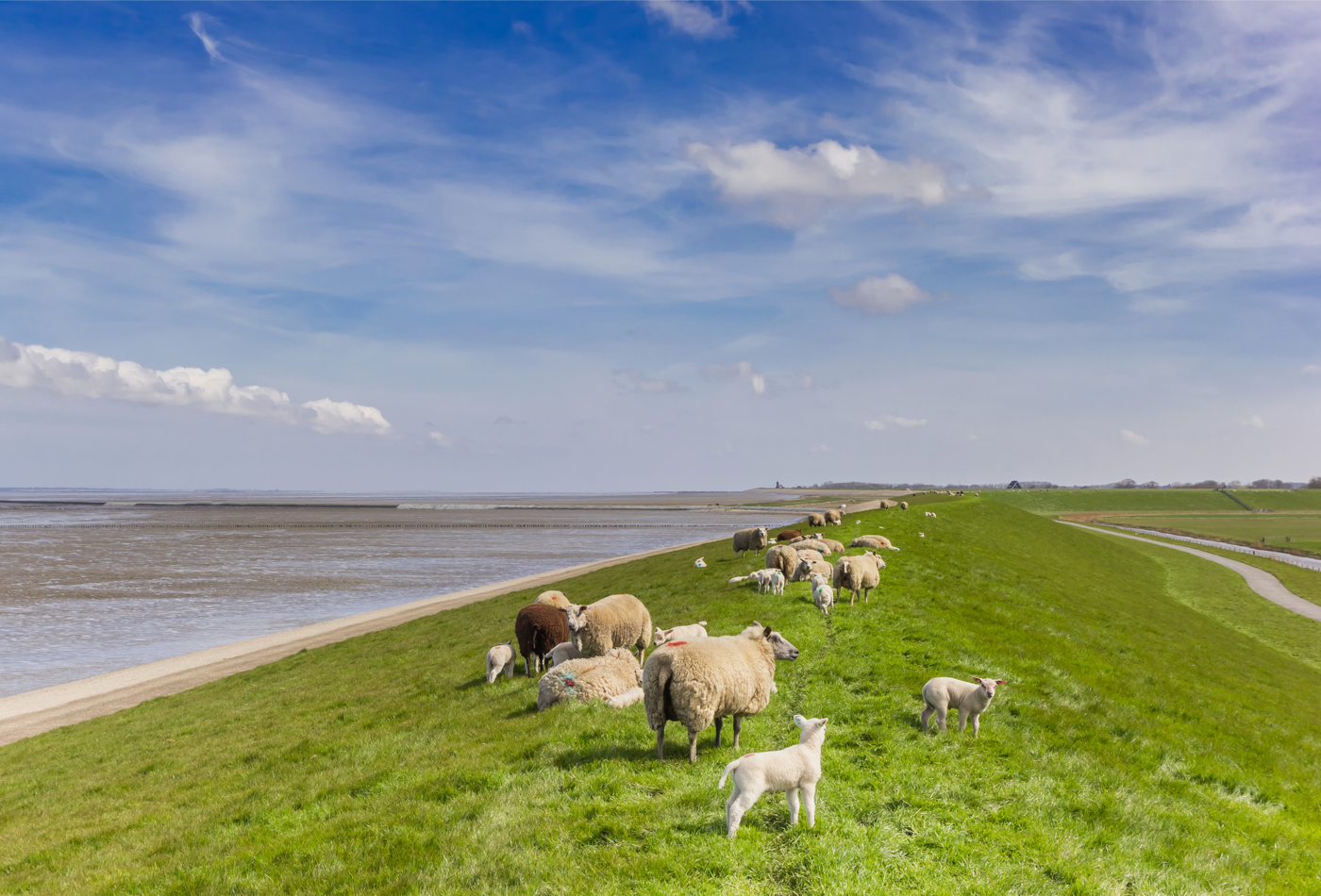Actionable warning systems
Early Warning Systems are an essential part of Disaster Risk Management in many regions but they have not been implemented globally (yet). In particular, countries in the Global South lack adequate and timely warning systems. The UN “Early Warnings for All” (EW4All) initiative aims to achieve global coverage with early warning systems for all natural disasters by 2027. Deltares is contributing to this initiative by engaging in research with partners about how to best forecast flooding by providing more than fifty countries with Flood Early Warning Systems (FEWS), and therefore helping to protect millions of lives and livelihoods. Through our research, we are expanding the number of physical processes included in our warning systems, simplifying and speeding up the process of setting up new systems, and making the warnings easier to understand, for the benefit of decision-makers and the general public.
Flood warnings on steep and island coasts
On steep island coasts, flooding is primarily driven by waves, as opposed to mildly-sloping coasts such as those of the Netherlands, which are dominated by surge water levels. Modelling large-scale wave generation and propagation, as well as local nearshore wave processes (such as wave setup and low-frequency waves), is crucial for flood forecasts on these steep coasts but it is complex and costly. As a result, operational early warning systems do not currently include these processes.

Example of the COSMOS forecasting system for Hurricane Fiona, which hit Puerto Rico on 18 September 2022. The figure shows predicted wind speeds, the hurricane track, and wave buoy (lower left panel) and tide gauge (lower right panel) model-data comparisons (green is observed, orange is the model prediction and blue is the tidal signal without any wind or wave effects).
Deltares has developed a modelling system (CoSMoS) consisting of newly developed surge (SFINCS) and wave (HurryWave) models, data-driven estimates of nearshore waves and runup (BEWARE), and compound flood models (SFINCS) for forecasting flooding on steep island coasts. A forecasting system was setup for Puerto Rico with the US Navy Research Lab and the US Geological Survey. During a hackathon at Deltares, we also demonstrated our ability to deploy a system rapidly, predicting flood hazards and impacts (damage and road disruption) on St. Maarten (Caribbean), and showing how such a system could help coastal communities prepare for flood impacts. The results of the hackathon were used as input for the IPDC (International Panel on Deltas and Coasts) agenda.
'With our fast-computing models, we can predict flooding due to storm surges, waves and rain on small islands. This enables decision-makers to take measures such as evacuation orders to reduce impacts'
Ap van Dongeren, Senior Researcher and Associate Professor of Coastal Hazards, Deltares and IHE Delft

Fast Flood warnings as a service
Forecasting as a Service (FaaS) takes global flood forecasting to the next level. Using our modelling software and global models in combination with other open data sources, we provide a forecasting platform that allows multi-hazard forecasting systems to be set up quickly anywhere in the world. FaaS brings together many different developments at Deltares and combines them for optimal use. A first demo was created during a hackathon for St. Maarten using the SFINCS hydrodynamic model forced by the GLOSSIS global tide and surge forecast, including a synthetic 3m surge to simulate flooding. This demo allows for a model to be set up at a local scale and to create a two-day storm surge forecast within minutes. We are currently scaling up by moving to the cloud and adding more models and tools to forecast a variety of hazards.

An overview of forecasts made with the FaaS Framework for nine coastal cities around the world. The total creation time (including drawing the bounding box, creating the model, obtaining the boundary forcing, running the model and visualising the results) and the model run time (between brackets) are shown for each forecast.
Urban Flood Nowcasting
Flood forecasting in urban areas, which respond rapidly to rainfall, is needed to make early warnings possible for where most people live. This requires high-resolution urban models and accurate rainfall forecasts, ideally within minutes. Working with Dutch, Belgian, Swiss and Australian meteorological agencies, Deltares has worked on a method to optimally combine weather model forecasts and radar nowcasts for improved forecasts of rainfall just hours ahead.
In addition, timely flood forecasts at the street level are not yet possible with detailed urban hydrodynamic models because of long computational run times. Deltares has worked on simplified, data-driven 1D models for urban flood nowcasting. In a pilot project for the city of Antwerp, we demonstrated that operational urban flood forecasts can be constructed every five to ten minutes.
Innovation and knowledge development, in collaboration and co-creation with a variety of partners, enables faster, more advanced, and more accessible early warning systems worldwide. These systems help to save lives, reduce economic losses, and plan emergency response actions.









